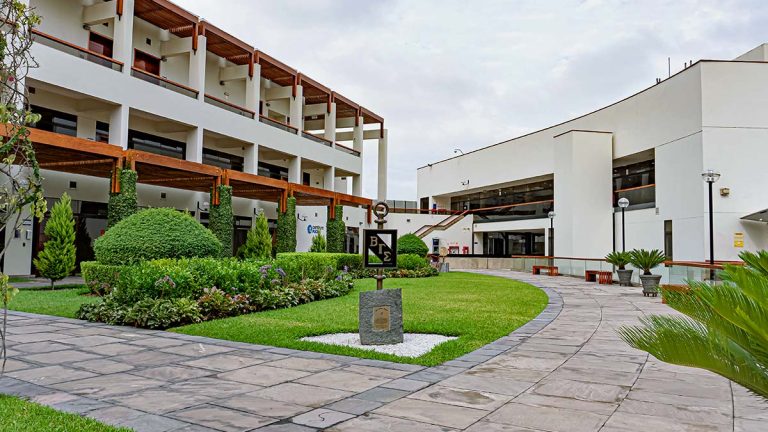ABSTRACT
The study analyzes gender differences in time use in the Latin American context, from a comparative perspective (2010–2019) and across life stages. Particularly, the study presents evidence on the likelihood of women and men spending time on three types of activities: Household work, paid work activities, and personal activities. Logistic regression was applied using data from time use surveys conducted in Peru in 2010 and 2019. The results suggests that women were much more likely to spend additional time on household work, while men were more likely to spend additional time on paid work and personal activities. However, these differences became less pronounced in 2019. In terms of age groups, a U-shaped and an inverted U-shaped pattern were found for paid work activities and household chores respectively. In both cases, the largest gender gap was found in the 30–39 age group, possibly related to motherhood. The originality of the research lies in providing a comprehensive analysis of gender inequality in time use in a developing country that has one of the highest rates of female labor force participation in the region, and is also characterized by a patriarchal structure in which machismo and marianismo influence time distribution.



